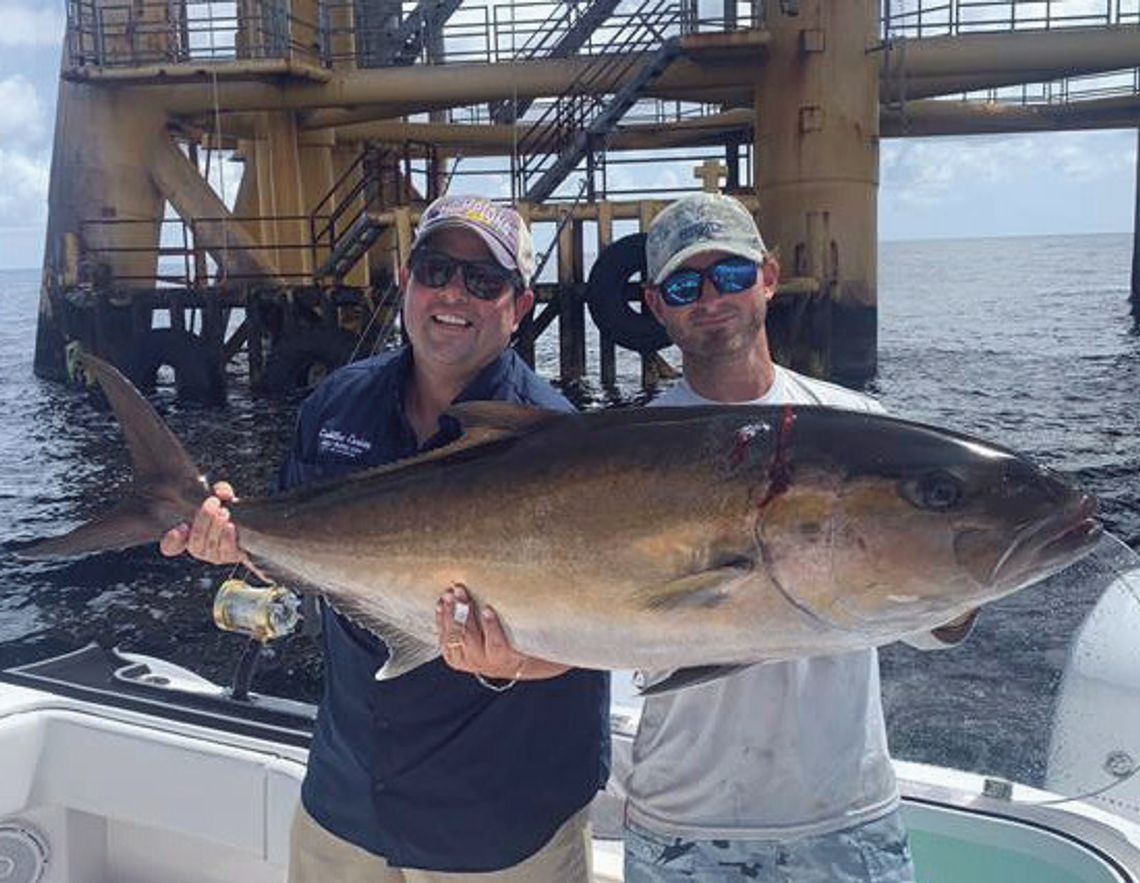Gulf of America’s Living Balance
As National Go Fishing Day approaches on June 18, 2025, millions of Americans will head to their favorite fishing spots. For more than 2.5 million anglers, that destination is the Gulf of America, where oil and gas platforms and artificial reefs—created through the Rigs-to-Reefs program—provide some of the richest fishing habitats in the country.
This program, a partnership between coastal states, the offshore energy industry, and federal agencies like the Bureau of Safety and Environmental Enforcement (BSEE), transforms retired energy structures into permanent homes for marine life. A typical eightleg platform supports 12,000 to 14,000 fish, and a four-leg structure can provide habitat across several acres. These structures are examples of how energy production and environmental stewardship can thrive together.
Established by the National Fishing Enhancement Act of 1984, the Rigs-to-Reefs program has, as of 2025, converted over 600 platforms into artificial reefs, preserving marine ecosystems and expanding recreational fishing access. This co-existence is a clear demonstration of what we call Balancing the 3 E’s—Environment, Energy, and Economy.
Few events highlight this balance like the Shrimp and Petroleum Festival in Morgan City, Louisiana held annually over Labor Day weekend. Founded in 1936 to honor the shrimping community, the festival embraced the petroleum industry in 1967 as offshore energy became a critical part of the region’s economy and culture. Nowhere else in America is seafood and energy so proudly celebrated together.
The economic contribution of recreational fishing remains significant. According to NOAA Fisheries, in 2022, recreational anglers took 201 million saltwater fishing trips across the United States, with the Gulf of America region accounting for the second- highest percentage of these trips. This continues to drive substantial economic activity, supporting jobs and coastal communities across the region.
The U.S. offshore industry is recognized as one of the most environmentally advantaged energy-producing provinces in the world! Gulf of America production has about 53% lower carbon intensity per barrel than global averages, and flaring remains under 1.25% of produced gas. As confirmed by the Bureau of Ocean Energy Management, foreign oil is typically more carbon- intensive, making domestic production a smarter environmental choice. For decades, the Gulf has fueled America and fed its families. Today, it represents a path forward: one where we achieve secure energy independence, protect jobs and the environment, all while enjoying the best fishing waters in the country!
So, this June 18, as we cast our lines into the waters, let’s take a moment to recognize the men and women of the USA energy workforce— those who fuel our nation and care for our country and the coast. They are indeed stewards of the environment, defenders of the economy, and champions of energy security! Let’s geaux fishing, proud and confident in our Nation!
Scott A. Angelle is the Founder of USA Energy Workers and a former Director of the U.S. Bureau of Safety and Environmental Enforcement (BSEE). He also served as Lieutenant Governor of Louisiana and is a lifelong advocate for balancing environmental stewardship with energy and economic development across the Gulf Coast.


